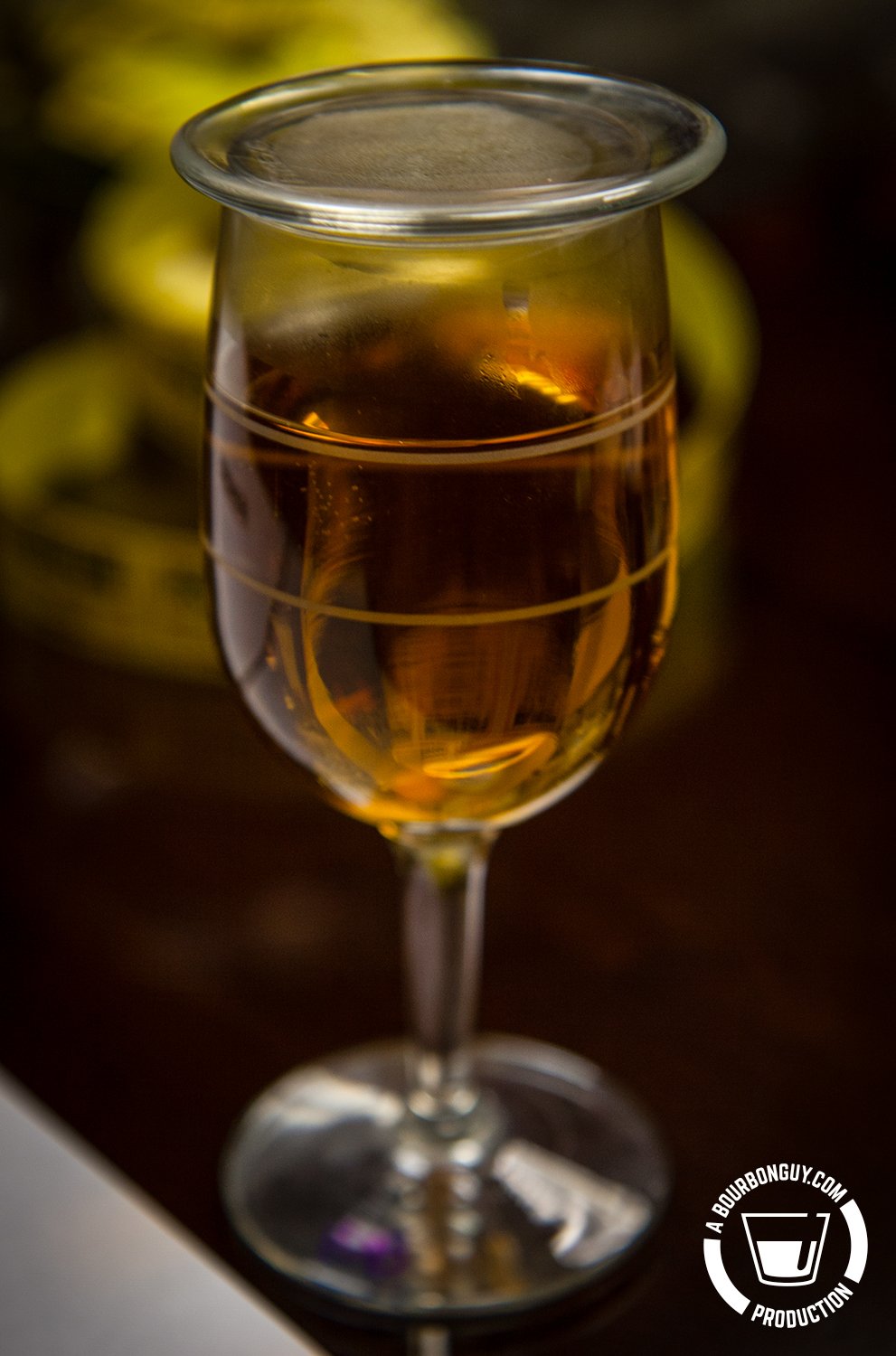So, yeah. I’m still sick enough that I don’t have the brain power to write. Nor do I have the taste buds to taste accurately. Which totally sucks. But I’m on the mend so don’t feel too bad for me. Instead of giving you no content, I’ve decided to repost an educational article from way back in 2015. Guessing not many of you were around for this so hopefully it is good info or at least entertaining info.
In the last few months there has been a lot of news regarding the lawsuits alleging a misuse of the term handcrafted by members of the bourbon producing community. And on the face of it, it almost sounds legit. The lawyer alleges that something can’t be hand made if it is made in a giant computer controlled factory. If you didn’t know anything about whiskey, that argument might make you believe that the lawyer was onto something. To many people, handcrafted means that there is at least a little skill, a bit of human touch involved in making the product. (To others who are a bit more cynical it is a marketing term that has long since lost all meaning to reasonable folks.) So the lawyer tries to convince people that he knows what he is talking about, because computers.
What this lawyer either doesn’t understand or is betting that a judge doesn’t understand is that there is a very large difference between distillate and whiskey. If Jim Beam, Makers or any other bourbon maker were bottling distillate there might be a case to be argued. Might.
You see distillate is a product that could conceivably be very tightly controlled by people who know what they are doing and, yes, with computers. But bourbon is a natural product. It goes into a barrel and sits there for a good long time. And the longer it sits, the more influence the barrel has in the finished product. But just as each tree is different, so too is the infusion of each tree. The bourbon. Because at a basic level that’s all bourbon is. An infusion of charred new oak by a grain based alcohol solvent.
And yet, the bourbon from each batch tastes so close to the same that if you didn’t have them side by side you’d never know the difference. Or for most people, even if you did. So how does that happen? Well, bourbon manufacturers have a tasting panel. It could be one person, it could be many. And they do quality control. They make sure each batch tastes like the reference sample that they are aiming for within tolerances. And if they are off, they fix it by adding another whiskey until it is right.
Let’s look at an illustration. For this example we are going to pretend that oak changes a distillate’s color instead of flavor. Mostly because it is easier to visualize color than flavor.*
We’ve got three barrels we are using to make whiskey. One produces a light orange color, one a pink color and one a teal color. If you mix all of these together in equal amounts you will get a brown color. And so you’ve got your first batch of bourbon.
But then you go to make you second batch and you realize that what came out of the second batch of barrels are not the same colors as the first three barrels. So you need to go find barrels that will make this batch of whiskey as close as you can get to the first batch. In this case what you find is that if you mix a different pink, a lime green and a light purple together you will get a brown that is extremely close to the initial batch. So close you couldn’t tell the difference.
One more example, this time we want to make a lot of whiskey. So once again based on our reference sample, we mix and match until we find that if we take 6.5 parts of light orange, 6.5 parts of pink, 6 parts of teal, 4.5 parts of the other pink, 5 parts of lime green and 5.5 parts of light purple we once again end up with almost the exact same brown as our sample.**
In each of these examples we are trying to match that initial reference sample. And in each case the art, the skill, the human touch comes in while taking the different results you get from many different barrels and mixing them together to get a consistent result that matches the reference. You may argue that distillate can be computer-made in a factory but to me, bourbon qualifies as handcrafted.
*They are in mason jars because this idea came from a bourbon 101 presentation I used to do where I would invite volunteers to mix a color based on a reference sample to show this very topic. All of the colored waters were stored in mason jars and that shape just stuck in my mind.
**Don’t believe me? Take the illustrations into photoshop, sample the colors and mix them in the same proportions. It works.
Did you enjoy this post? If so, maybe you’d like to buy me a cup of coffee in return. Go to ko-fi.com/bourbonguy to support. And thank you, BourbonGuy.com is solely supported via your generosity.
Of course, if you want to support BourbonGuy.com and get a little something back in return, you can always head over to BourbonGuyGifts.com and purchase some merch. I’ve made tasting journals, stickers, pins, posters, and more.


